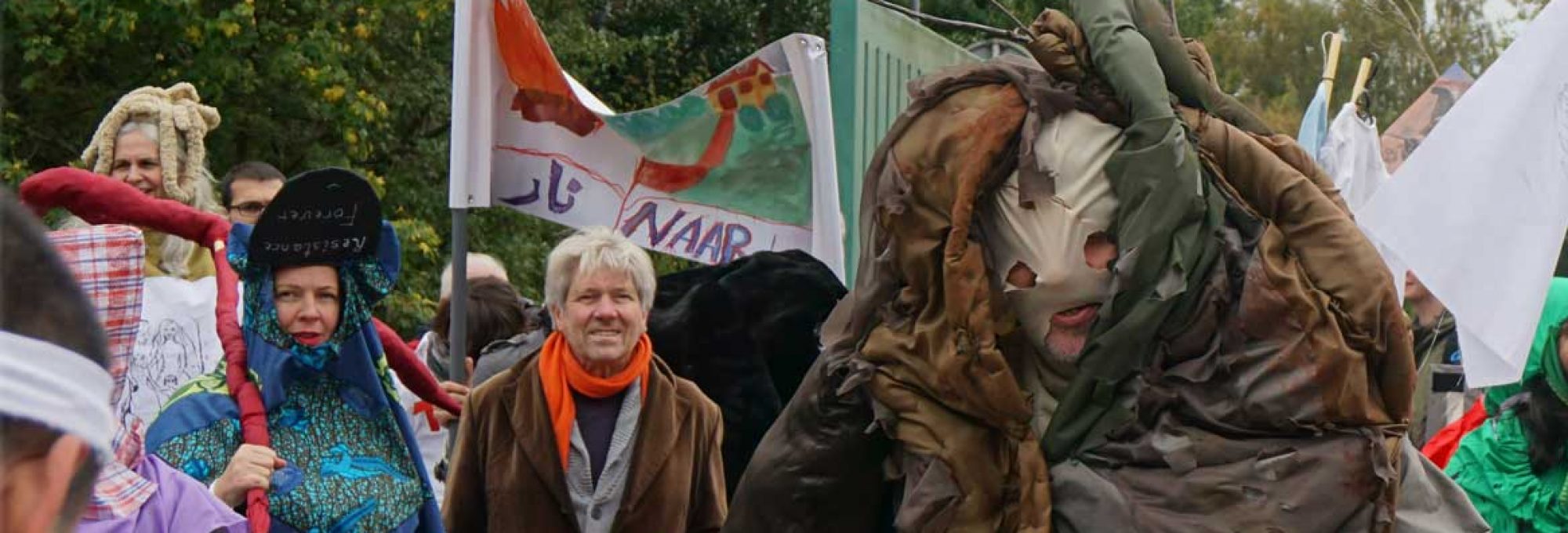[life / dreams / family / husband / work / love / children / relatives / priorities / opinions / feelings / hat / problems / concerns / happiness]
Scheduled to coincide with International Women’s Day on March 8, this exhibition is not so much an occasion for congratulations as it is an attempt to provoke a careful analysis of the formal representation of “women’s” themes in contemporary art.
Taking into consideration the mixed feelings around March 8 as it exists in today’s Russian society, curator Oksana Sarkisian turned to the artists, who are all members of the emerging generation in the Moscow art scene. Despite their youth, these artists have already garnered professional renown, earning recognition from not only the art institutions and galleries of St. Petersburg and Moscow, but from an international audience, as well. And while the participating artists may employ all matter of media (painting, photography, video, installation, participation art, performance, etc.), they are united by a marked perceptiveness and proclivity towards expressionism.
Most of the invited artists have never taken part in projects geared specifically towards women, although they all use their work to investigate themes of gender, manipulating gender stereotypes and symbols. And if in the objects of Ira Korina, these symbols appear as part of the phantasmagorical structure of the collective unconscious, in the works of other artists, they offer a reflection of the subject of creativity itself. This is especially true in Alexandra Galkina’s rowdy demands for freedom of expression; in the rebellious spirit of Alisa Joffe, the provocative sexuality of Vika Begalskaya’s gestures or Sveta Shuvaeva’s images; in Anastasia Potemkina’s ironic aestheticization of artefacts of violence and the absurdity of actions by Varvara Gevorgizova.
The Anonymous Writer’s Society explores the manifestations of gender roles in their day-to-day experiences. Gluklya (Natalya Pershina-Yakinmanskaya) orchestrates situations along the delicate border between one’s inner world and outside social systems. Her project is dedicated to the workers of the Zarya Garment Factory, which used to occupy the space now home to CCA ZARYA’s exhibition hall. Polina Kanis’s video works elaborate on the reality of biopolitical systems, while Antonina Baever’s video installation carves a sacred space outside that of the social, with its insurmountable conflicts and contradictions, in the idealized reality of myth.
Founded in the 19th century as a holiday commemorating the appearance of the solidarity and civic awareness of women in the fights for their rights, International Women’s Day took on another meaning in the middle of the 20th century. Now March 8 is more a celebration of spring, of beauty and femininity, motherhood and love, and other forms of ancient fertility cults. This radical shift in the holiday’s focus leads to the ambiguity in its contemporary interpretation, which this exhibition attempts to analyze through the prism of the artistic practice of the participants, each offering HER perspective and HER relationship to the holiday and what it means to have a “woman’s” theme.
